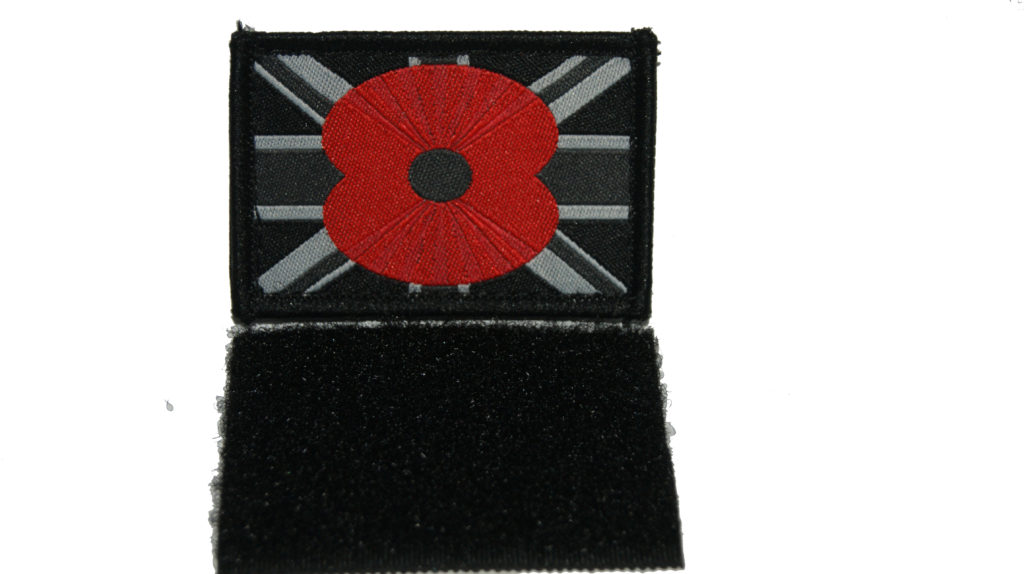

Proceeds from the sale of these products help support the Legion’s mission to care for Veterans and promote Remembrance.

For Canadians who want to show their pride and support year-round, the Legion’s Poppy Store sells Poppy broaches and other products to show you remember. The Legion's lapel Poppy is the Poppy you will see most during the Remembrance period, and the one the Legion distributes during the Poppy Campaign to help raise Poppy Funds for Veterans and their families. While Poppies are always free, The Royal Canadian Legion gratefully accepts donations to the Poppy Fund, which directly supports Canada’s Veterans and their families in need.Ĭanadians outside of the country can get a Poppy from Royal Canadian Legion Branches in the U.S., Germany and the Netherlands, or through their Canadian Embassy or Consulate. We encourage anyone who finds a Poppy that has fallen to the ground to pick it up and brush it off so that it can be kept or disposed of respectfully. When a Poppy is removed, it should be stored appropriately or it may be disposed of respectfully. This has become a poignant tradition each year at the National Remembrance Day Ceremony in Ottawa as thousands of Poppies are placed on the Tomb of the Unknown Soldier. Some choose to remove their Poppy at the conclusion of the ceremony and place their Poppy on the cenotaph or on a wreath as a sign of respect. This flag adopts a combination of three different colors and design to add some unique style to.
REMEMBRANCE POPPY FLAG FREE
Some choose to remove their Poppy at the end of the day on November 11. Get flag anzac poppy with free return and fast delivery. Poppies may be worn throughout the Remembrance period, including in the evening after Remembrance Day Ceremony. As well, it is not inappropriate to wear a Poppy during other times to commemorate Fallen Veterans and it is an individual choice to do so. The Legion encourages the wearing of Poppies at funerals of Veterans, and for any commemorative event such as a memorial service, or the anniversary of the Battle of Vimy Ridge. The lapel Poppy should be worn during the Remembrance period, from the last Friday in October until November 11. Also available through some Branches is the Legion's reusable black centre Poppy pin to affix your lapel Poppy. The Legion’s lapel Poppy is a sacred symbol of Remembrance and should not be affixed with any pin that obstructs the Poppy. The Poppy should be worn with respect on the left side, over the heart. However, wearing a Poppy is a personal expression of Remembrance, and how someone chooses to wear a Poppy is always an individual choice. The Royal Canadian Legion provides a Poppy Protocol to guide Canadians on appropriate and respectful wearing of the lapel Poppy. Throughout the Remembrance period, we see Poppies worn with pride in every corner of our lives to honour our Veterans. The Legion said while poppies are free, any donation is appreciated as money made through the campaign will go to support local veterans.How to wear a Poppy Wear a Poppy to Remember Over the next two weeks, boxes of poppies will be in stores, banks, schools and local businesses for members of the public to pick up. The first Canadian Poppy Day was held on November 11, 1921. His influence due to the poem in Flanders Field was greatly felt after the First World War,” said David Thompson with the Royal Canadian Legion Colonel John McRae Memorial Branch 234.Ī French woman, inspired by the poem, came up with the idea to create symbolic fabric poppies that could be sold to the public. “We are talking to you from the home of John McRae. The red flower was the inspiration from the infamous poem “In Flanders Field,” written by Guelph man Col. This year marks the 100th anniversary of the poppy. On the other side, it’s the reality of where you are and what you’re doing.” the flag at half-mast until noon and pausing at three p.m. It’s kind of a mix bag, on one side its very rewarding professionally. Wearing a red poppy on Prayer for Peace Memorial Day originated in a World War I. “When you wear the poppies, you remember those Canadians,” Major Alex Prentice said, who fought in Afghanistan from 2006 to 2007. The poppy is the national symbol of Remembrance, honouring those who fought in the war and remembering those who died in the line of duty. To commemorate, ceremonies were held in Waterloo and in Guelph at the Royal Canadian Legion, where the Poppy Flag was raised and poppies were pinned to lapels for the first time. Every year on the last Friday of October, the poppy makes its return to our coats and jackets.įriday also marks the beginning of the annual Poppy Campaign.


 0 kommentar(er)
0 kommentar(er)
